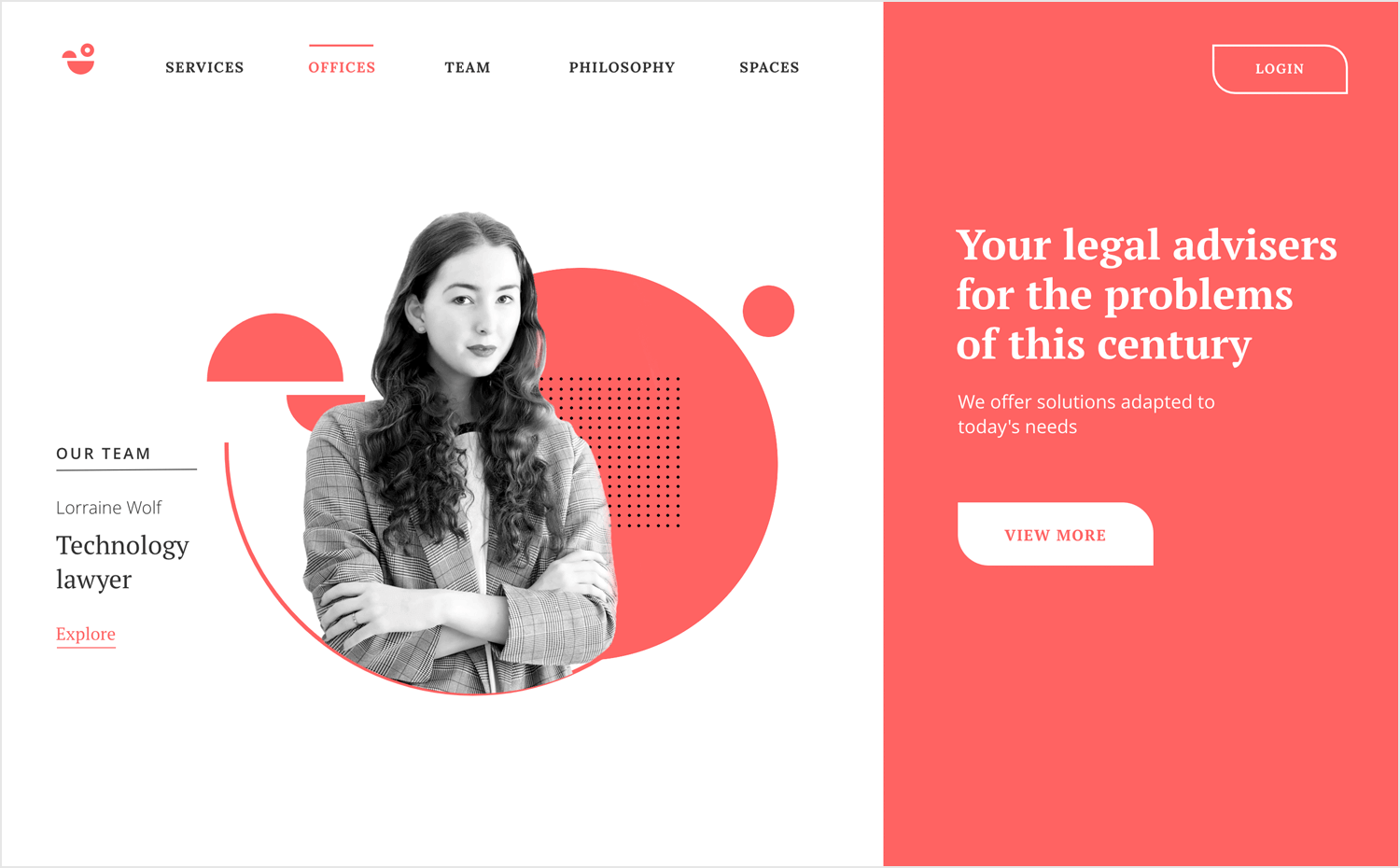Tailored Website Design Services That Meet Your Business’s Specific Needs
Tailored Website Design Services That Meet Your Business’s Specific Needs
Blog Article
Top Tips for Producing an Impactful Internet Site Design That Converts
In today's electronic landscape, the significance of an impactful site style can not be overemphasized, specifically when it concerns transforming visitors into clients. To attain this, one should consider a range of aspects, consisting of understanding the target market, prioritizing individual experience, and maximizing for mobile platforms. In addition, the critical use of engaging call-to-actions and a distinct visual power structure plays an important function in assisting customers through their journey. As we explore these vital aspects, it ends up being apparent that the success of your web site pivots on more than just appearance; it calls for a thoughtful strategy to layout and performance.

Understand Your Target Target Market
Comprehending your target audience is fundamental to effective site design, as it lays the groundwork for developing an interesting customer experience. Determining who your customers are, including their demographics, preferences, and behaviors, makes it possible for designers to tailor the internet site's material, format, and capability to satisfy specific demands.
Carrying out comprehensive market study is vital in this process. Studies, interviews, and analytics can give important understandings into customer expectations and discomfort points. By assembling this information, designers can develop user characters that represent various segments of the target market, making sure that design decisions are educated and relevant.
In addition, understanding the target market aids in choosing ideal design aspects such as shade schemes, typography, and imagery that reverberate with users. A web site that talks directly to its audience promotes a feeling of connection and count on, urging longer visits and higher conversion prices.
Inevitably, a user-centered approach to web site layout not only boosts customer satisfaction yet also supports organization goals by driving involvement and loyalty. By focusing on the requirements and preferences of the target audience, an internet site can successfully offer its objective and attain wanted outcomes.
Prioritize Individual Experience
To improve the total performance of a website, prioritizing individual experience (UX) is crucial (Website Design). A properly designed UX ensures that visitors can navigate the website easily, discover details promptly, and involve with content meaningfully. This results in enhanced individual contentment and higher conversion rates
Begin by carrying out instinctive navigating. Menus ought to be practically structured, allowing users to locate essential areas of the website with marginal effort. Consistency in layout components, such as color design and fonts, fosters familiarity, which is important for keeping customer engagement.
Furthermore, think about the filling speed of your web site. A hold-up of simply a couple of secs can result in considerable drop-offs, as individuals are much less likely to wait on a slow-loading page. Improving pictures and maximizing code can boost efficiency and keep visitors.
By prioritizing user experience, you not only produce an extra enjoyable atmosphere for site visitors yet additionally strengthen your brand's integrity. Inevitably, a focus on UX is an investment in the long-term success of your web site.
Enhance for Mobile Instruments
Optimizing for mobile phones is important in today's electronic landscape, where an increasing number of users access web sites via smart devices and tablet computers. A mobile-friendly design not only enhances Discover More Here individual experience yet also plays a significant function in enhancing internet search engine positions. To achieve this, it is necessary to take on a responsive design that immediately readjusts to different screen sizes and alignments.

Filling rate is an additional critical factor; mobile users are generally less client and expect quick access to information. Optimize images and utilize internet browser caching to boost efficiency. Test your website on multiple devices and display resolutions to determine and correct any kind of prospective functionality problems. By focusing on mobile optimization, you make sure that your website continues to be competitive and effectively involves a broader target market.
Use Engaging Call-to-Actions
A website's efficiency often depends upon its capacity to guide visitors toward wanted activities, making compelling call-to-actions (CTAs) vital parts of layout. CTAs act as the critical factors that route users to engage with the site, whether that indicates purchasing, authorizing up for a newsletter, or downloading a source.
To create efficient CTAs, quality is critical. Usage succinct language that plainly interacts the action you want the individual to take.
In addition, the design of CTAs ought to stand out without being noticeable. Utilize contrasting shades and clear font styles to guarantee they catch interest. Furthermore, think about using directional cues, such as arrows or images, to lead users towards these buttons. By focusing on these elements, organizations can considerably enhance customer involvement, driving conversions and inevitably accomplishing their web site's goals.
Emphasis on Visual Power Structure
Effective website design counts greatly on a well-structured visual hierarchy that overviews individuals with web content flawlessly. By arranging elements in a manner that focuses on information, developers can improve user experience and help with decision-making. This entails utilizing size, shade, contrast, and spacing strategically to draw focus to one of the most important elements of a website.
The use of larger fonts for headings and subheadings develops a clear distinction in between different sections, enabling customers to scan content easily. Additionally, utilizing different colors for switches and calls-to-action Extra resources can record individual focus and urge interaction. Whitespace is another important component; it stops mess and allows users to concentrate on key messages without distractions.
Pictures and graphics must enhance the text while also adhering to the recognized power structure, strengthening the general message (Website Design). Uniformity in layout components, such as color pattern and typography, further enhances the visual pecking order, making navigation user-friendly

Conclusion
In conclusion, reliable site design requires an extensive understanding of the target audience, prioritization of user experience, and mobile optimization. Eventually, a well-executed site layout serves as a crucial part in driving individual activities and accomplishing company purposes.
Report this page